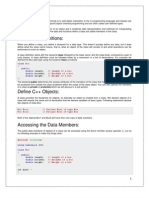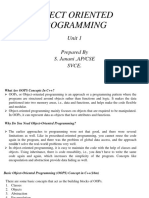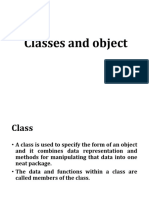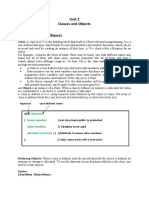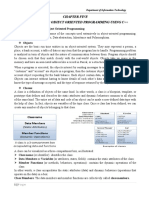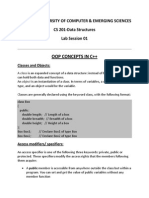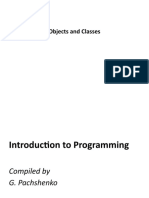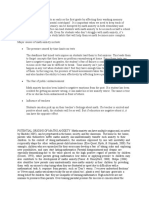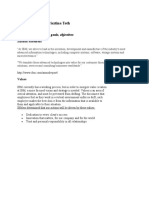0% found this document useful (0 votes)
3 views18 pagesC++ Notes For CS Engineers Module-3
The document explains the concepts of classes and structures in C++, highlighting their differences, syntax, and usage. It covers built-in operations on classes, including constructors, destructors, and operator overloading, as well as the importance of access specifiers and member functions. Additionally, it discusses the significance of reference parameters, accessor and mutator functions, and the role of friend classes and functions in accessing private members.
Uploaded by
prahladkumar3489Copyright
© © All Rights Reserved
We take content rights seriously. If you suspect this is your content, claim it here.
Available Formats
Download as PDF, TXT or read online on Scribd
0% found this document useful (0 votes)
3 views18 pagesC++ Notes For CS Engineers Module-3
The document explains the concepts of classes and structures in C++, highlighting their differences, syntax, and usage. It covers built-in operations on classes, including constructors, destructors, and operator overloading, as well as the importance of access specifiers and member functions. Additionally, it discusses the significance of reference parameters, accessor and mutator functions, and the role of friend classes and functions in accessing private members.
Uploaded by
prahladkumar3489Copyright
© © All Rights Reserved
We take content rights seriously. If you suspect this is your content, claim it here.
Available Formats
Download as PDF, TXT or read online on Scribd
/ 18





